The best thing about doing preventive maintenance in your restaurant is that it solves problems while still small and with little impact on your bottom line. The worst? In most cases, plans look great on paper, but they’re often hard to put into practice in your kitchen.
Chances are if you’re well-organized, you have a month-by-month list for scheduled maintenance somewhere on your computer. Unfortunately, when it comes to checking the boxes, that list won’t insulate you from having any other issues crop up, leaving you in the all-too-common scenario of handling last-minute changes just to keep it all in order.
Over time, those maintenance delays and shifts in priorities—let alone any miscommunication caused by them—add up costs for repair, reduce the performance of your equipment, and put your staff’s safety at risk.
To put that into actual numbers, US businesses waste at least 20% of their repair and maintenance budgets on manual processes and third-party management—now imagine what that means for an industry fueled by ovens, ranges, freezers, fridges, and ventilation, amongst others. It’s money that you could use for new equipment, training your staff, improving customer service, or investing in anything else that adds value to your business.
The good news is, you can change your habits and regain control over your restaurant operations with these seven maintenance tips.
1) Update your maintenance to-do list
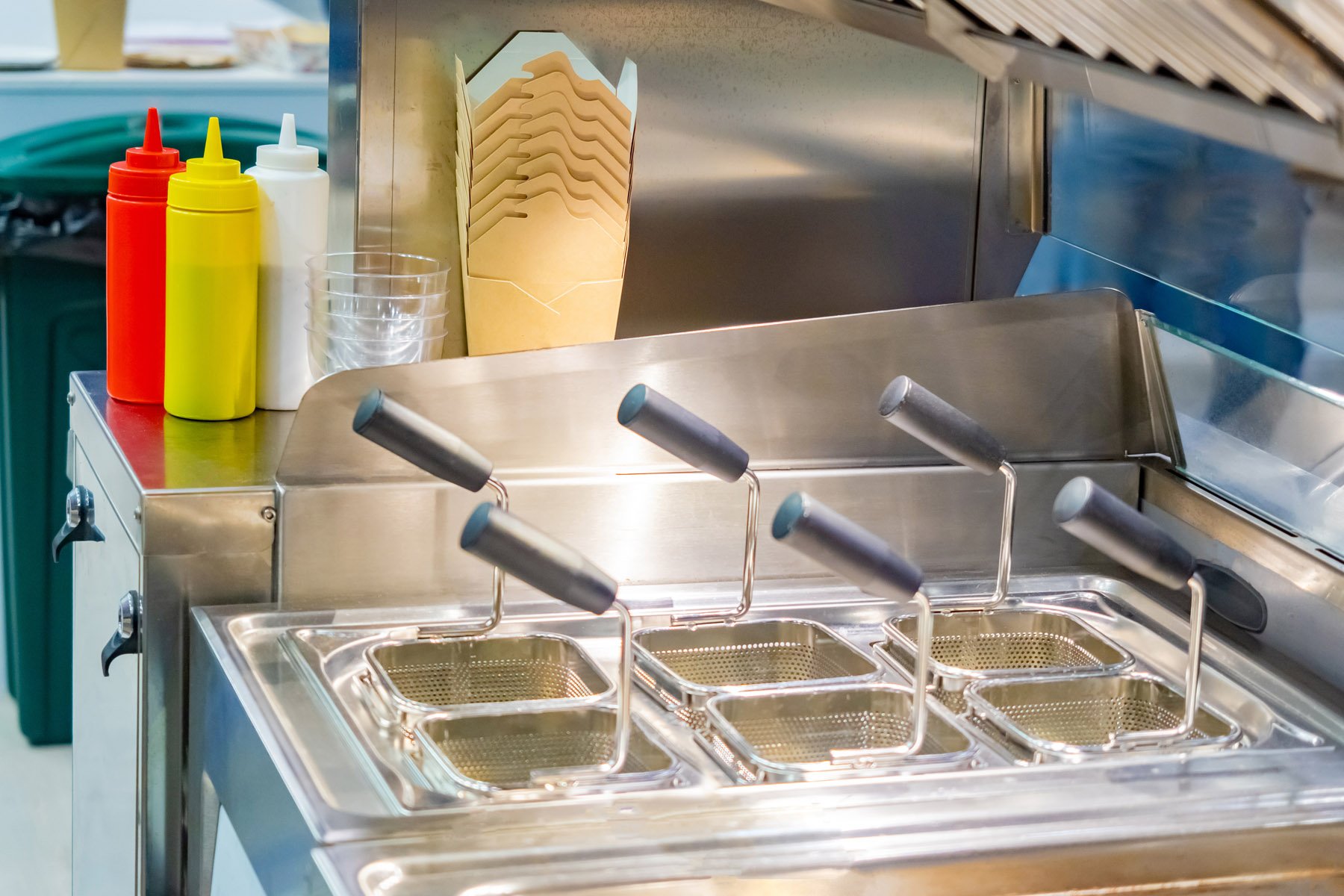
While it may seem simple, planning can help you improve restaurant operations in multiple ways.
Start by making an exhaustive list of everything that requires maintenance in your food service establishments and make sure to take note of any discrepancies between multiple locations. From checking kitchen accessories and equipment recalibration to cleaning air conditioner filters, write down all preventive maintenance tasks necessary to keep things running smoothly, whether they’re weekly, monthly, quarterly, or annually.
That comprehensive checklist will give you a full picture of what needs to be done, as well as where, when, and how often so you can schedule all your maintenance in a coordinated fashion without interrupting any activities in your restaurant. If certain intervals align, you may even be able to save money simply by addressing numerous needs at once with a single check or appointment, instead of scheduling several separately. Plus, it will help you track progress and eliminate the hassle of relying solely on monitoring equipment performance.
2) Follow instructions in the operator manuals to protect machines
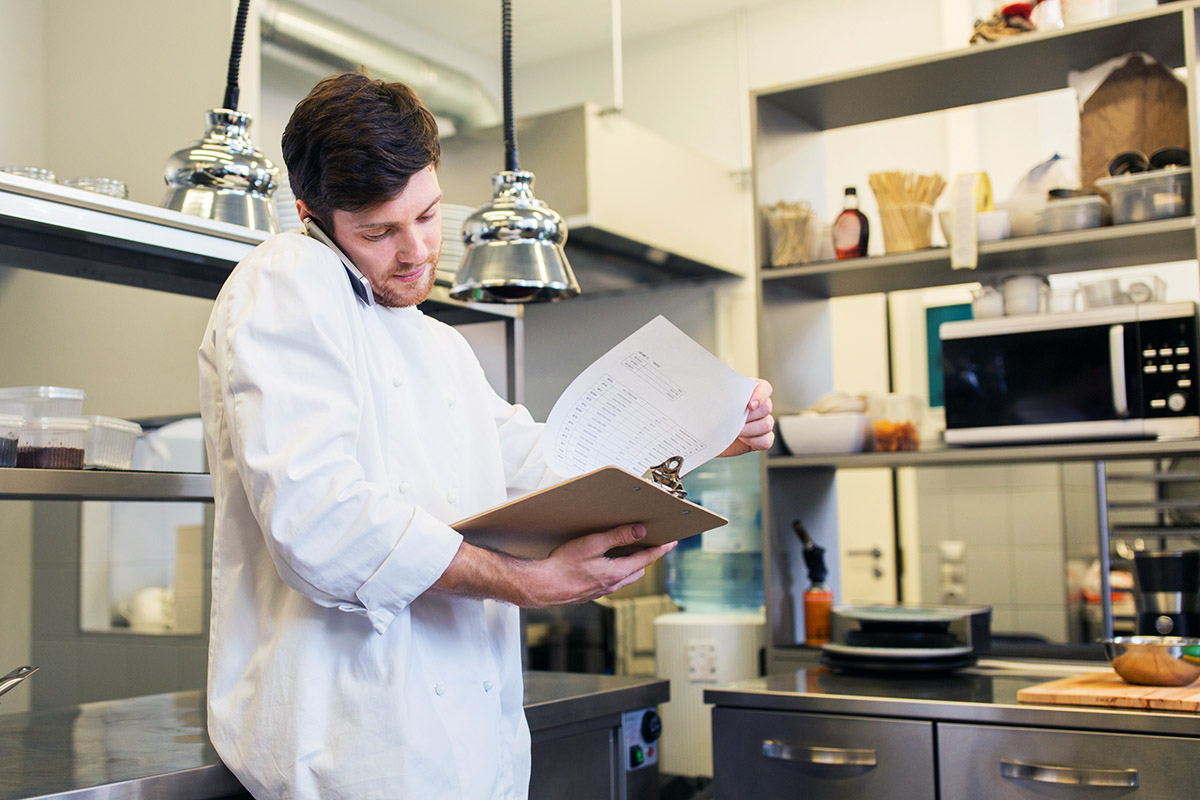
While many professionals tend to simply rely on experience, following the guidelines written in operator manuals undoubtedly increases the efficiency and longevity of every piece of equipment used.
When completing the list of preventive maintenance tasks, check operator manuals for directions on how you can preserve your machines correctly. Pay attention to cleaning recommendations, the frequency of maintenance tasks, and whether there are approved contractors that you should hire for specific jobs, along with all other relevant details.
If it seems like a hassle to dig up and/or carry around a stack of manuals, consider mobile apps that allow you to store or link to their digital counterparts, so you always have quick, easy access.
3) Split the tasks between staff members

The more restaurants you manage, the harder it can be to take care of everything. Delegate maintenance to a team instead of an individual so that every responsible staff member gets a slice of the pie. Managing tasks in this way enables you to organize all the “little things” so that no one forgets about calibrating the cream machine or having the AC filters cleaned.
Build a system where you can track tasks, set priorities, send reminders, and communicate with your team. This way, each member knows what needs to be done, when, and who will do it.
4) Train your employees
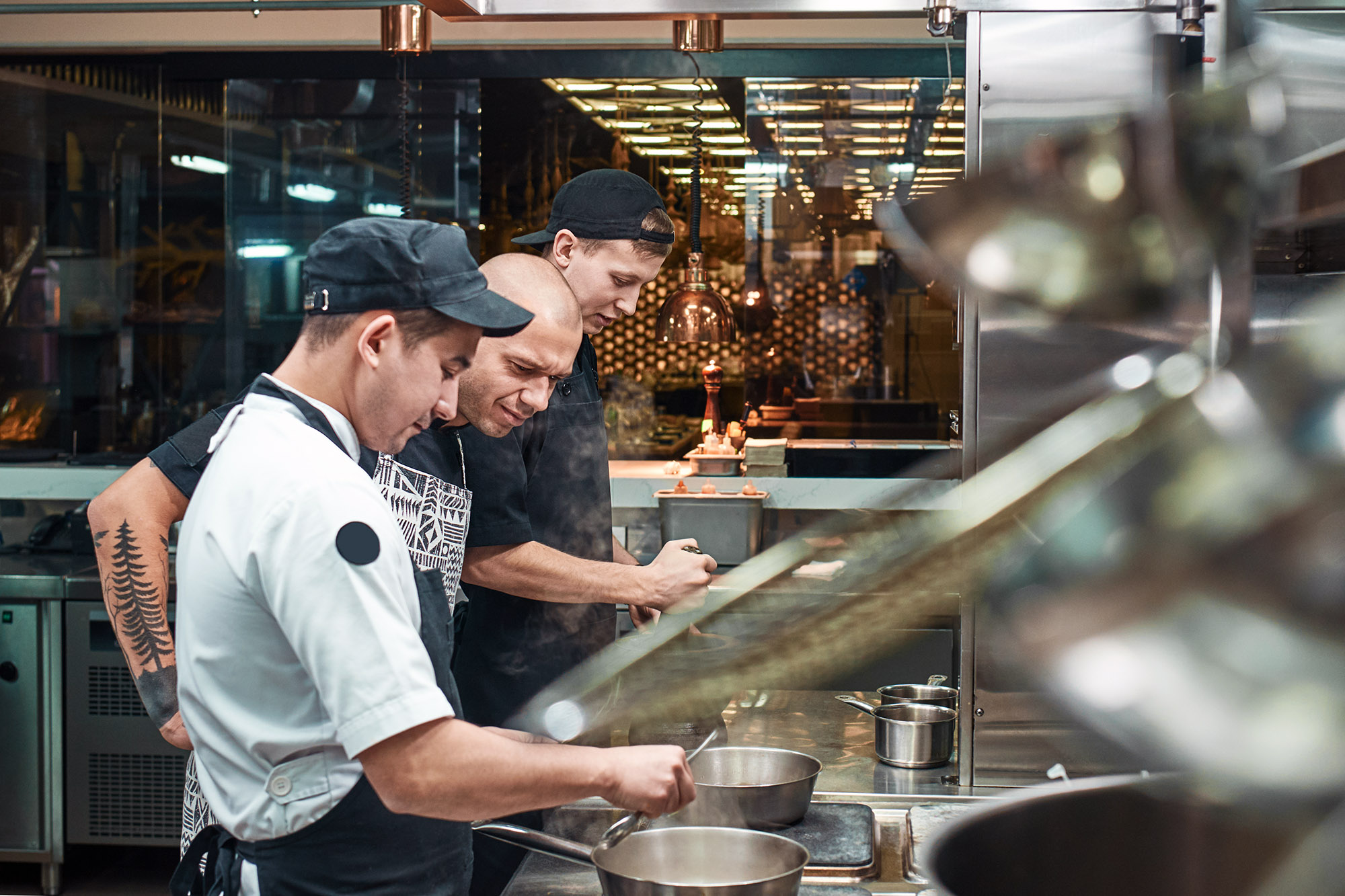
Training successful staff is an on-going process, so you should continue to invest in your employees to improve restaurant operations. More than half of restaurants (68%) have found employee handbooks useful, for example, and much like your operations manuals, they don’t have to be tucked away in a drawer in the office—they can be easily stored and accessed digitally too! But of course, you can use plenty of other tools to make sure people in your organization improve their skills and provide better services.
When you assign preventive maintenance tasks, make sure you do more than just let people know about them. Tell them how you want things done and why maintenance needs to be completed on time, all of which can be included in centralized handbooks.
5) Put customer and employee safety first
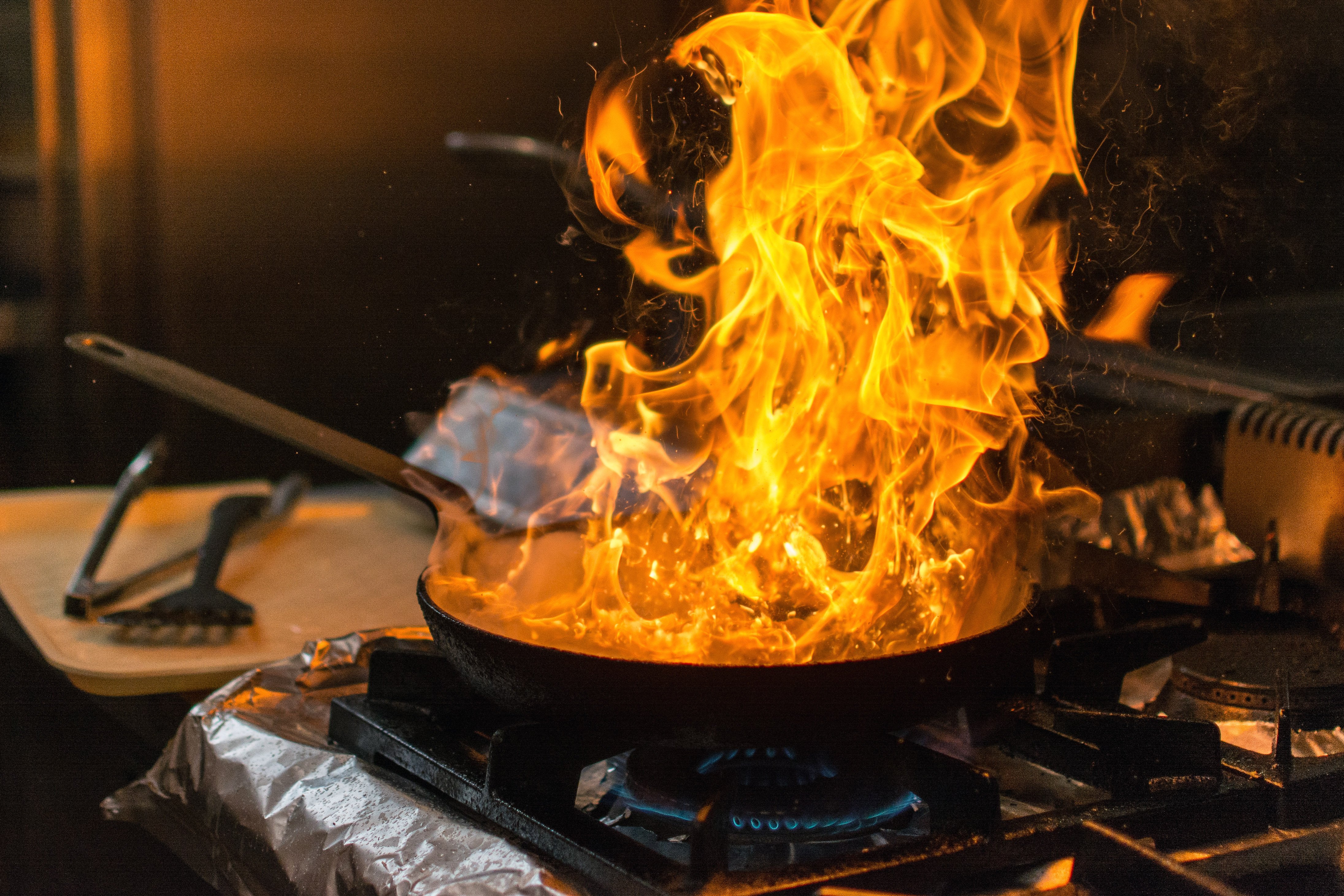
All maintenance personnel should have the right tools and certifications necessary to operate on your equipment. Otherwise, you risk damaging machines or at least run the risk of shortening equipment lifespan, which can put your employees’ and clients’ health and safety at risk.
Maintenance isn’t about cutting down costs, so don’t look for cheaper alternatives, as they could do more harm than good. Work with approved contractors only, for your (and your employees’) peace of mind.
6) Keep everything clean in your kitchen
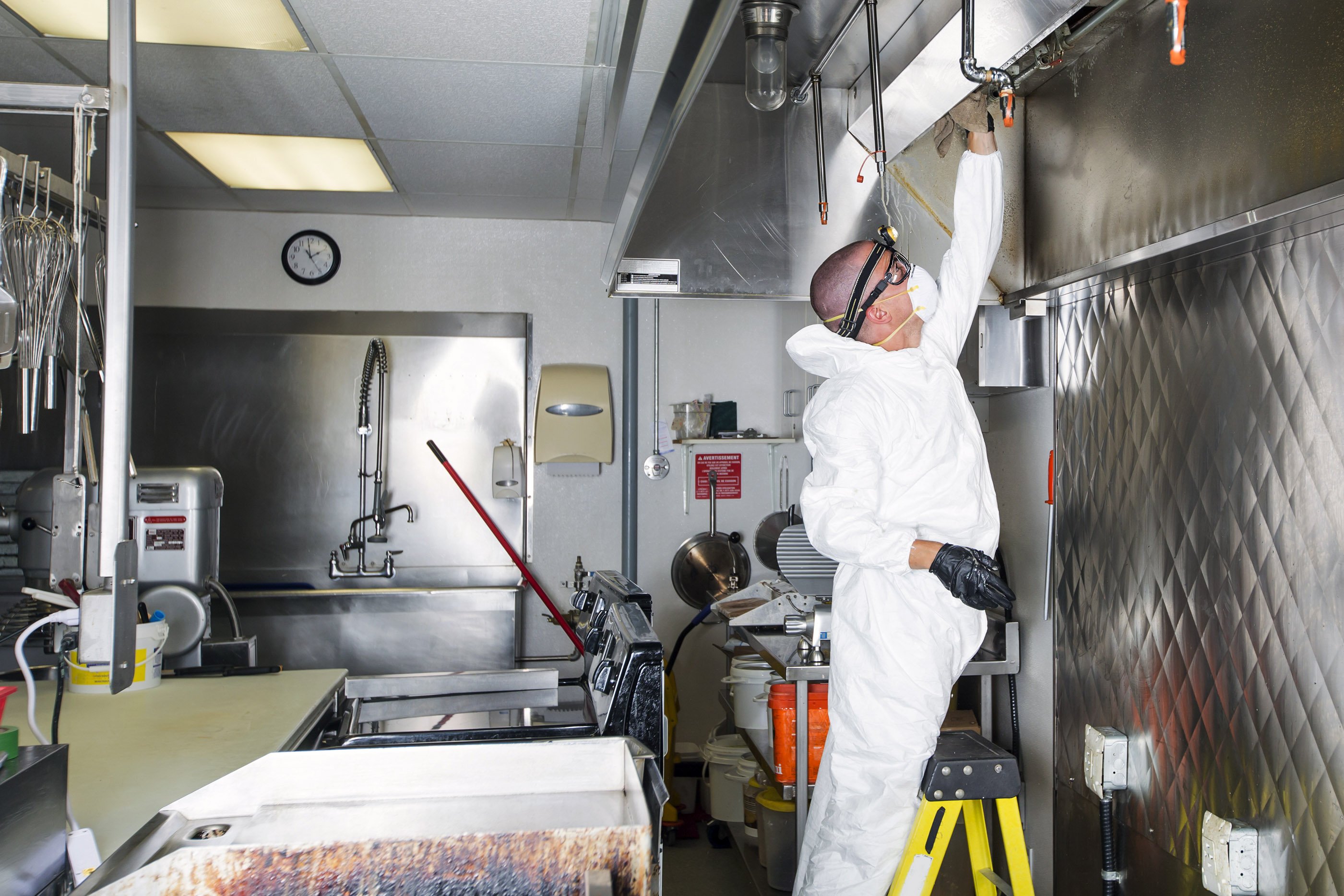
A clean working environment prevents accidents and helps things run smoothly in your restaurants. Slips, trips, and falls account for 20% of accidents in commercial kitchens, and liquids, grease, or food on the floor cause most of them. These accidents rarely end with severe injuries, but they don’t do you, your employees, business, or bottom line any good, either.
But cleanliness isn’t just about safety. The results of improper cleaning, like grease buildup, can make maintenance more complicated than it should be, and can even cause further or unforeseen issues itself. Encourage your employees to clean all equipment thoroughly and follow a cleaning schedule, weekly task list, and/or inspection checklist, and you’ll see steady improvement in your restaurant operations.
7) Use maintenance management software

In 2017, 78% of companies who used a computerized maintenance management system (CMMS) to manage their assets saw improvements in equipment life. It’s time more restaurants follow this trend to streamline restaurant operations.
Maintenance management software keeps track of all equipment and gives you a clear idea of who is accountable for every task. Plus, it improves communication between your employees, and between your staff and management, so everyone knows what needs to be done and how to do it.
A CMMS specially built for food service establishments can help you prolong machine life, increase the efficiency of your equipment, and protect your employees’ health and integrity.
Summary: The Good News
While this list may act like a reminder that you have a lot to handle when it comes to your restaurant operations, we have good news: you can do it all with one, easy to learn, easy to use app.
With a wide range of features anyone can use, OwlOps will allow you to make checklists, store operating and training manuals, and other important documents, assign tasks, track their progress, send reminders and communicate right in the app. You even create dashboards to easily monitor everything that’s going on—no matter how many locations you manage.


